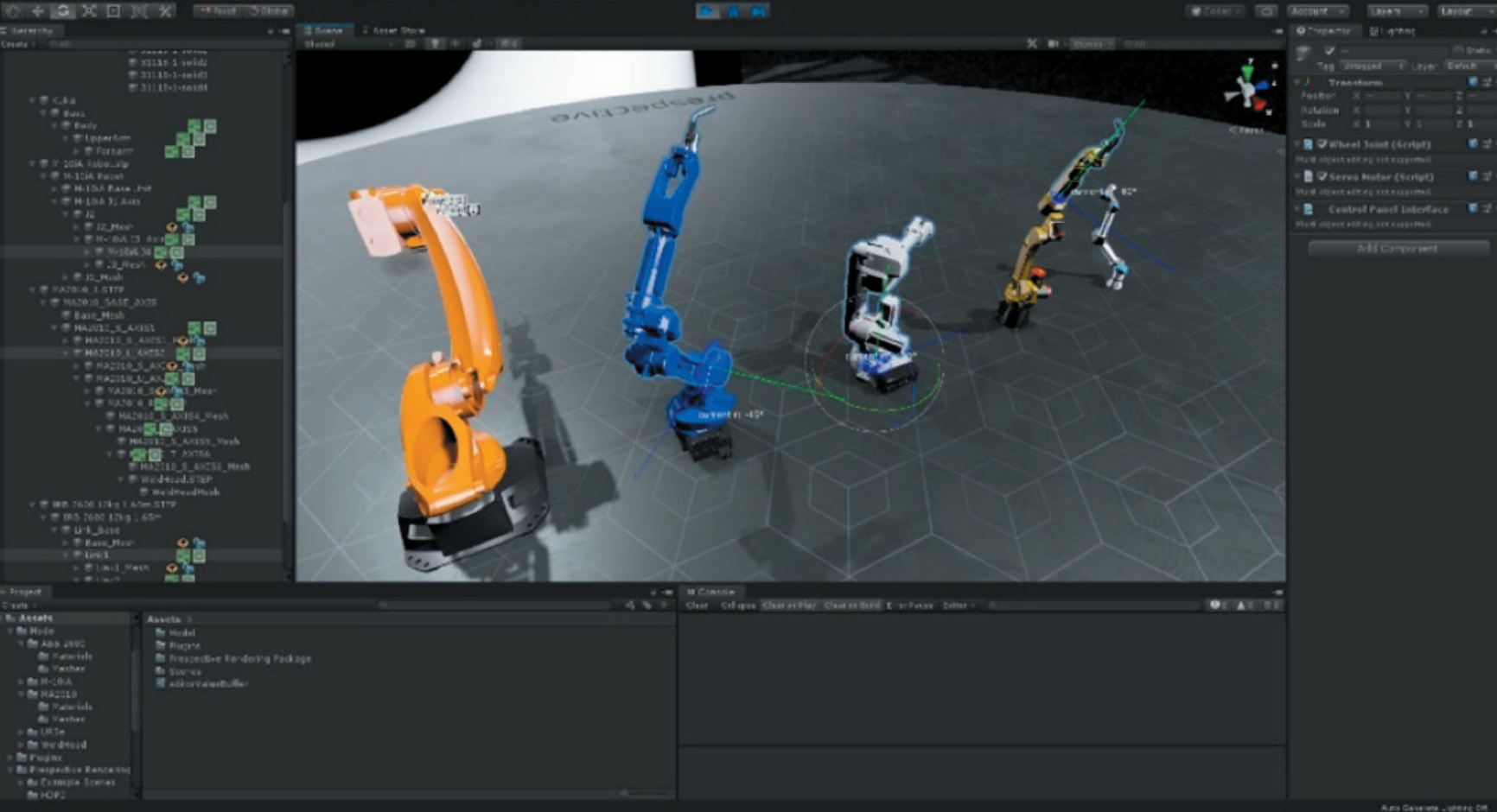Digital twin technology can be used to optimize warehouse automation by creating a virtual replica of the physical warehouse and its equipment. By simulating the behavior of the warehouse in real-time, engineers and technicians can identify potential issues and optimize performance to reduce costs and increase efficiency.
Benefits of using digital twin
One of the key benefits of using digital twins for warehouse automation is the ability to monitor and optimize equipment performance in real-time. Engineers can use data from the digital twin to identify potential issues before they become major problems. For example, they can detect when conveyor belts are becoming worn out and need to be replaced before they break down and cause downtime.
Digital twins can also be used to optimize the layout and design of the warehouse. By simulating different layouts and configurations, engineers can identify the most efficient use of space and resources. This can lead to cost savings and improved efficiency.
In addition, digital twins can be used to optimize the performance of automated systems such as AS/RS (automated storage and retrieval systems) and conveyor systems. By simulating the behavior of these systems in real-time, engineers can identify potential bottlenecks and optimize performance to reduce wait times and increase throughput.
Digital twins can also be used to optimize inventory management. By simulating the behavior of the warehouse in real-time, engineers can identify potential inventory shortages and optimize the placement of goods to reduce picking times and increase overall efficiency.
However, there are also some potential drawbacks to consider when using digital twins for warehouse automation. The technology can be expensive to implement, and it requires a significant amount of data to be effective. Additionally, there is a risk of cyber attacks or data breaches that could compromise the digital twin and potentially cause harm to the physical warehouse.
Digital twins in industrial automation
A digital twin is a virtual replica of a physical object, process, or system. This technology uses data from sensors and other sources to create a real-time digital representation of the physical object or system, allowing engineers and technicians to monitor and optimize performance.
Digital twins are used in a variety of industries, including manufacturing, energy, transportation, and healthcare. The technology can be used to improve efficiency, reduce downtime, and prevent costly errors.
One of the key benefits of digital twins is the ability to monitor and optimize performance in real-time. Engineers and technicians can use data from the digital twin to identify potential issues before they become major problems. For example, in manufacturing, digital twins can be used to optimize production processes and reduce downtime by predicting when equipment needs maintenance or repairs.
Digital twins can also improve design and development processes. Engineers can use digital twins to simulate the performance of a product or system before it is built, allowing them to identify and address potential issues before production begins. This can lead to cost savings and improved product quality.
In the energy industry, digital twins can be used to monitor and optimize the performance of power plants and other infrastructure. By simulating the behavior of a power plant in real-time, engineers can identify potential issues and optimize performance to reduce costs and increase efficiency.
Digital twins can also be used in healthcare to simulate the behavior of organs or systems in the human body. This technology can be used to improve patient outcomes by allowing doctors to monitor and optimize treatment plans in real-time.
However, there are also some potential drawbacks to consider when using digital twins. The technology can be expensive to implement, and it requires a significant amount of data to be effective. Additionally, there is a risk of cyber attacks or data breaches that could compromise the digital twin and potentially cause harm to the physical object or system.
Overall, using digital twin technology for warehouse automation has the potential to transform the industry by improving efficiency, reducing downtime, and preventing errors. While there are potential drawbacks to consider, the benefits of digital twins make it an attractive option for companies looking to optimize their warehouse operations.

